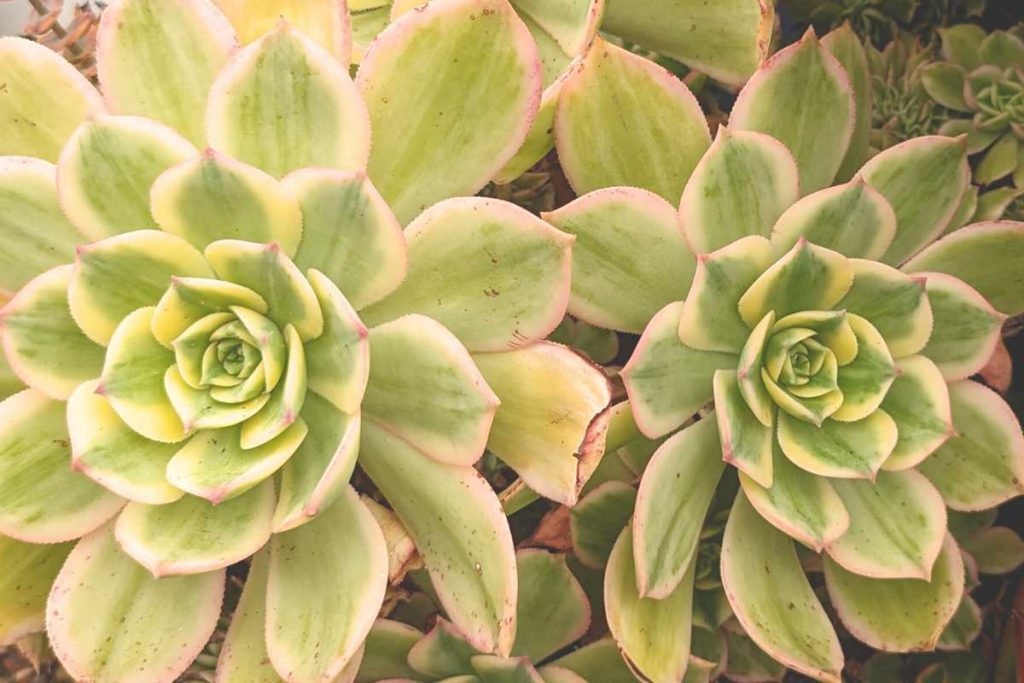Some common issues you may face with your succulents is root rot, pest infestation, or fungal growth. Many people use hydrogen peroxide as an effective solution to these problems. But how does it work, and is it safe for your succulents? In this comprehensive guide, we’ll explore the benefits of using it on succulents and answer some common questions about this versatile compound.
Dig in!
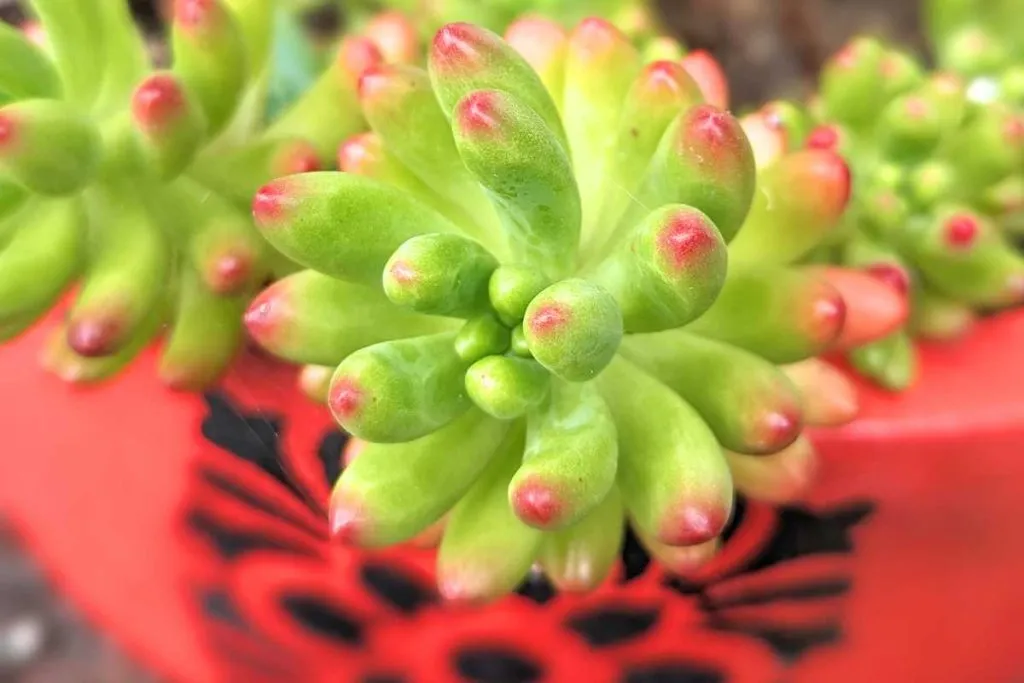
What is Hydrogen Peroxide?
Hydrogen peroxide (H2O2) is a chemical compound that is widely used as an antiseptic, disinfectant, and bleaching agent. It is a powerful oxidizer, capable of breaking down organic material, killing bacteria, and neutralizing various pathogens. In gardening, it is often used to treat plants suffering from various issues, including succulents.
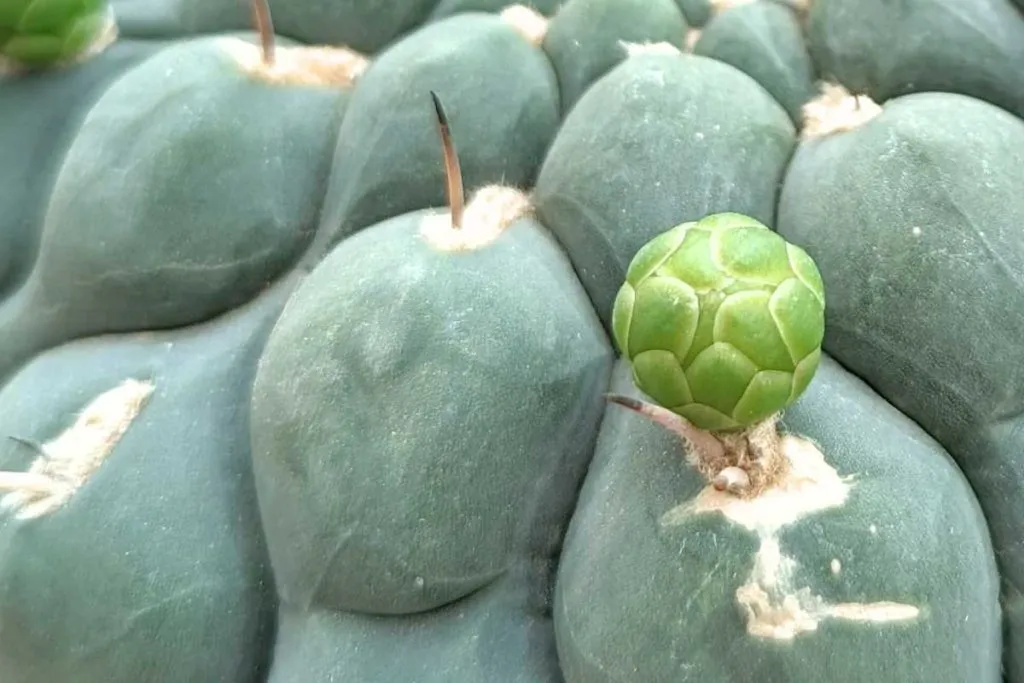
Benefits of Using Hydrogen Peroxide on Succulents
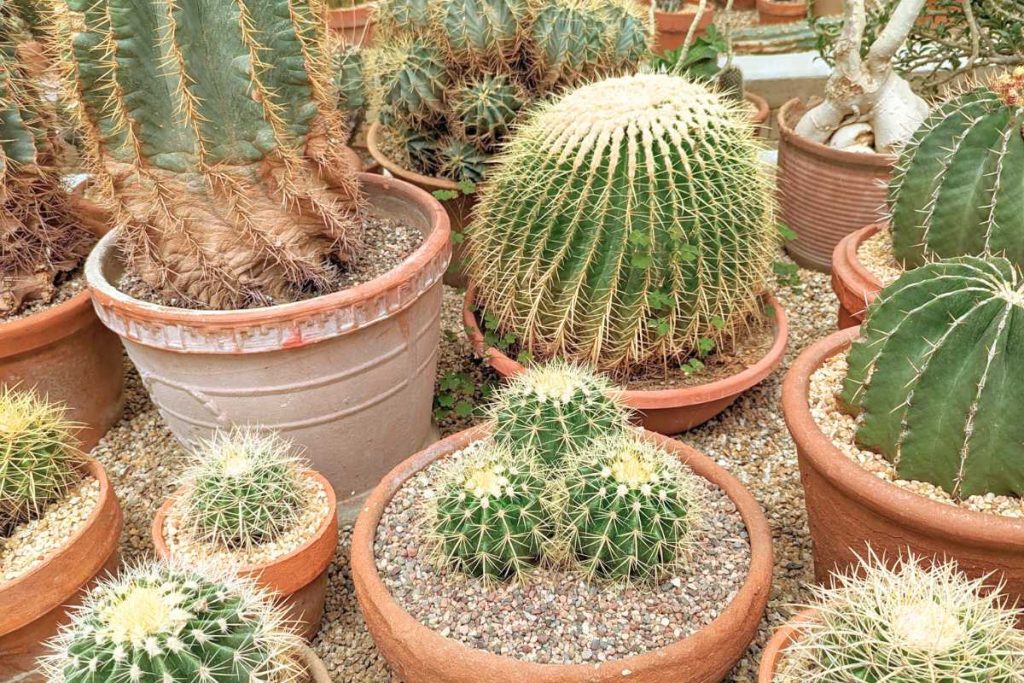
Combating Root Rot
Root rot is a common problem in succulents, primarily caused by overwatering. Hydrogen peroxide helps by breaking down the dead plant material and killing the bacteria responsible for root rot. When applied correctly, it can stop root rot in its tracks and promote healthy root growth.
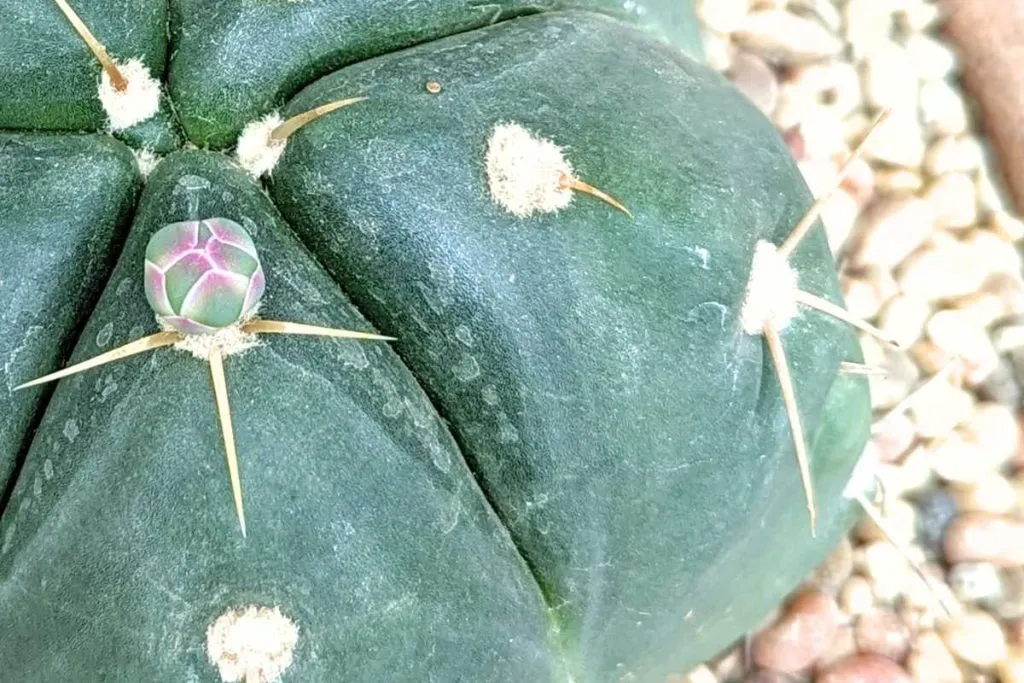
Oxygenation
Succulents require oxygen to grow, and their roots can suffer if the soil is too compact or waterlogged. Hydrogen peroxide breaks down into water and oxygen when applied to the soil, boosting oxygen levels and promoting healthy root growth.
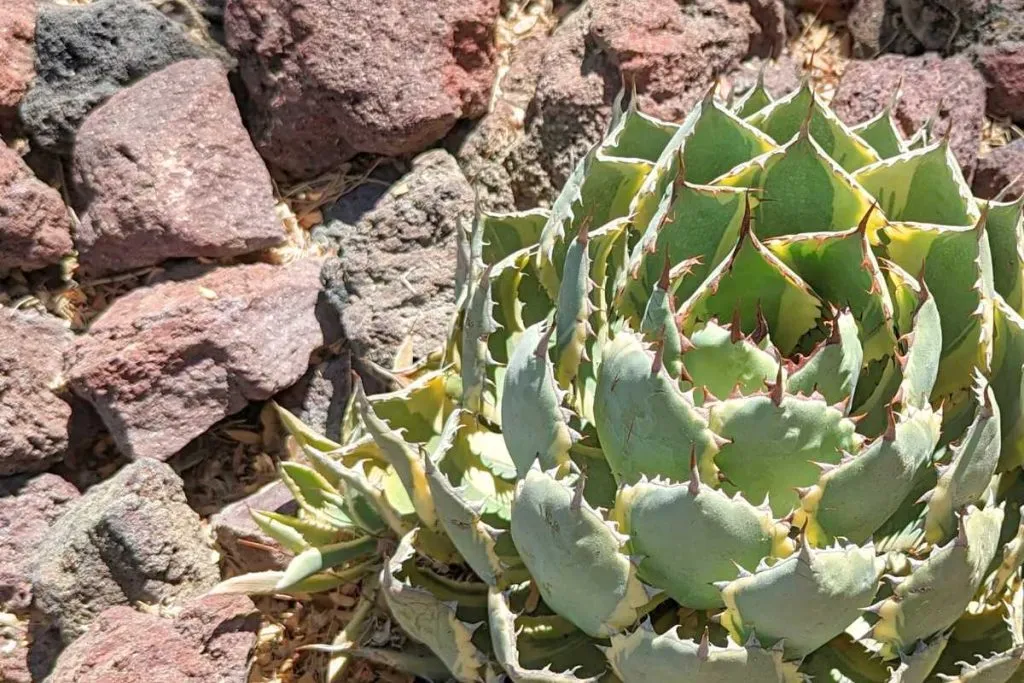
Hydrogen Peroxide as Pesticide
Pests such as mealybugs, aphids, and spider mites can wreak havoc on your succulents. Spraying your plants with a hydrogen peroxide solution can help eliminate these pests and keep your succulents healthy.
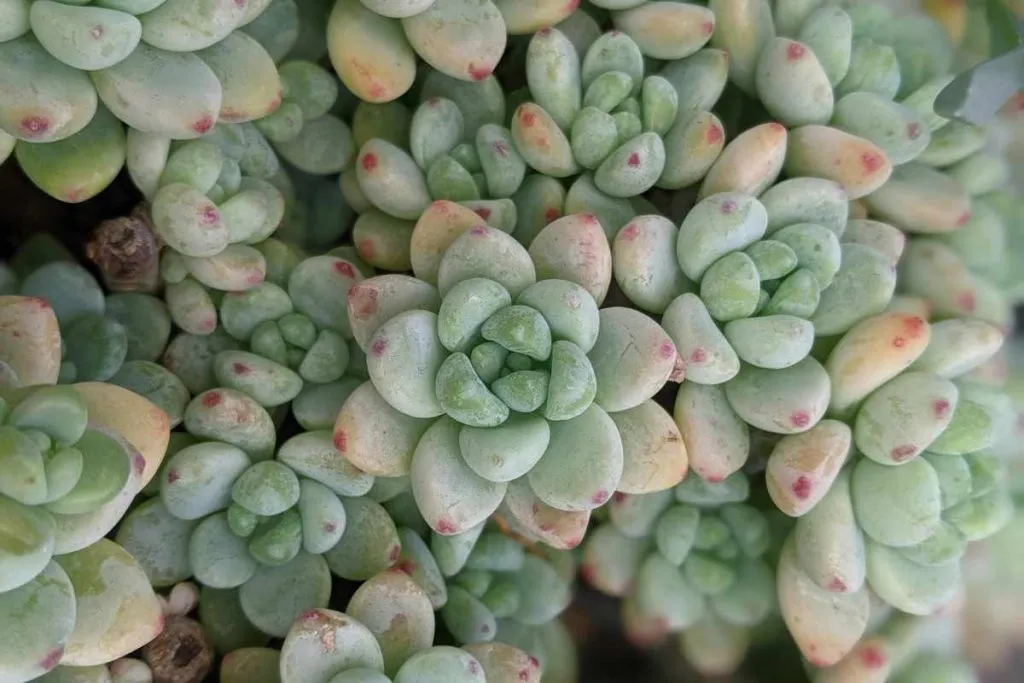
Will hydrogen peroxide kill thrips?
Yes, hydrogen peroxide can be an effective treatment for killing thrips on succulents. Thrips are tiny winged insects that feed on and damage succulent leaves and flowers. It works by contacting and oxidizing the outer layers of the thrips’ bodies, disrupting their cell membranes and essentially “burning” them.
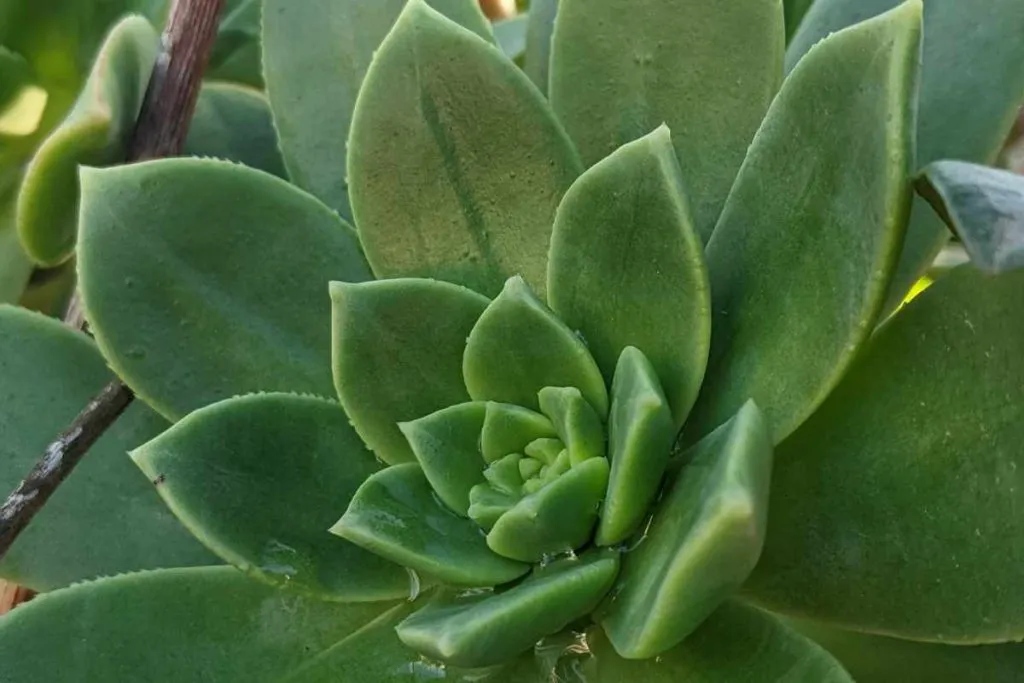
A 3% hydrogen peroxide solution, diluted with water to 1-2% concentration, can be used to spray infested plants and suffocate and kill thrips on contact. The peroxide quickly breaks down into water and oxygen, so it won’t harm the succulents.
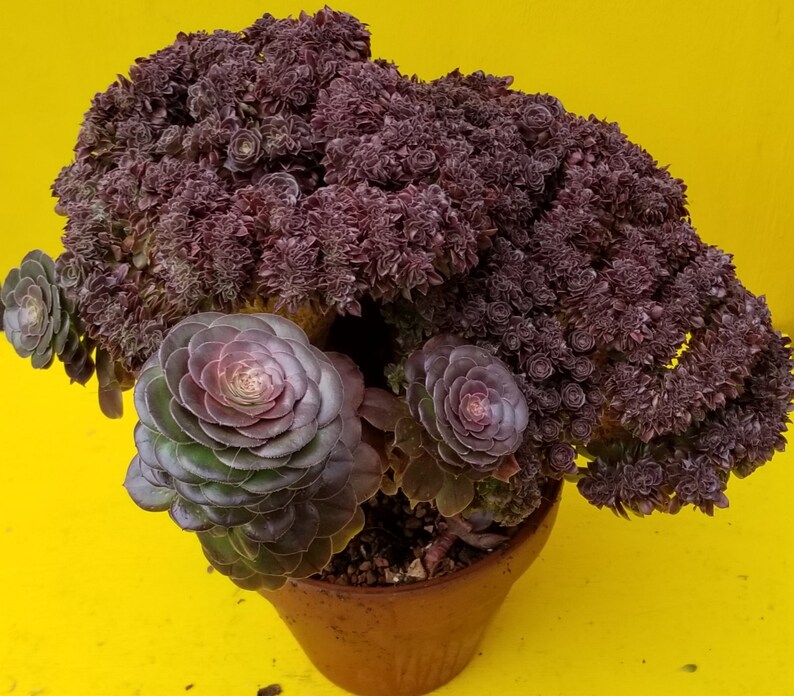
It’s best to spray this solution in the evening and repeat every 3-4 days until no more thrips are seen. It can be part of an integrated pest management plan to eradicate thrips and prevent further infestation. Be sure to remove and dispose of any heavily infested parts of plants as well.
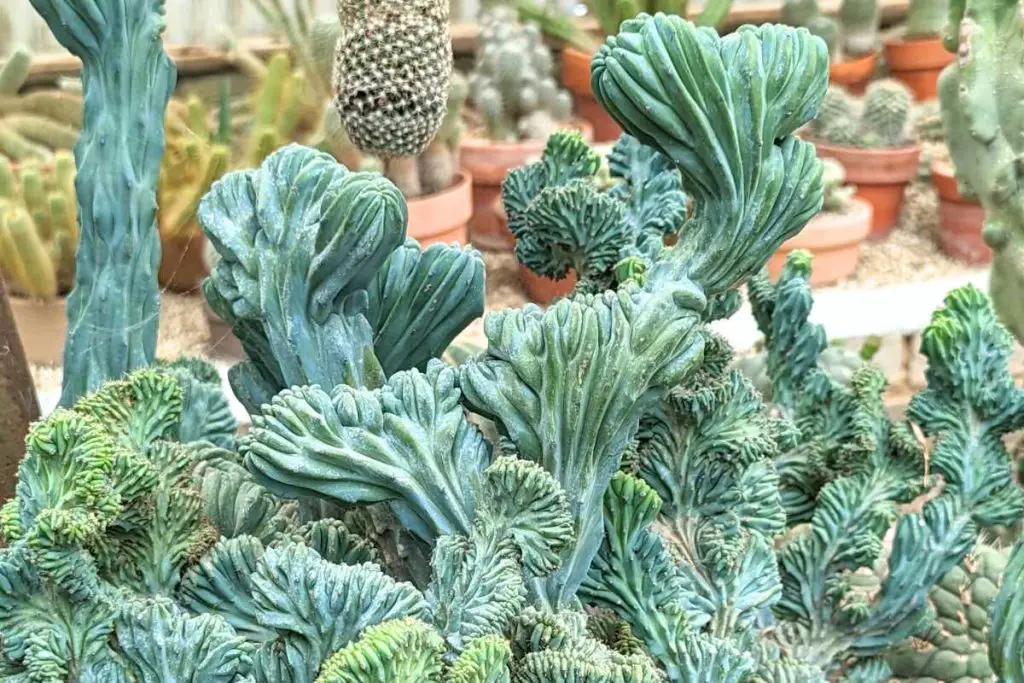
Will hydrogen peroxide kill fungus gnats in succulent soil?
Yes, hydrogen peroxide can be effective at killing fungus gnat larvae in succulent soil. Here are some tips on using hydrogen peroxide to treat fungus gnats:
- Mix 3% hydrogen peroxide solution with water at a ratio of 1 part peroxide to 4 parts water.
- Thoroughly water the soil with the solution until well saturated. The solution will foam as it breaks down, releasing oxygen to kill fungal growth and larvae.
- Fungus gnat larvae breathe through spiracles and the extra oxygen from decomposing peroxide overwhelms them.
- Repeat every 5-7 days for 2-3 treatments to catch newly hatched larvae as the solution only works on contact.
- It may take 1-2 weeks to fully eliminate the infestation, so be patient and continue monitoring for adult flies.
- Using 3% solution is optimal – higher concentrations can damage plant roots over time with repeated use.
- May need to water less often after treatment to keep soil slightly drier and less hospitable to gnats.
Hydrogen peroxide is an effective organic remedy and usually won’t harm succulents if diluted properly and soil is allowed to dry somewhat between waterings.
Fungal Prevention
Fungal infections can be detrimental to your succulents, causing discolored leaves and stunted growth. Hydrogen peroxide has antifungal properties, making it an effective treatment for preventing and controlling fungal issues.
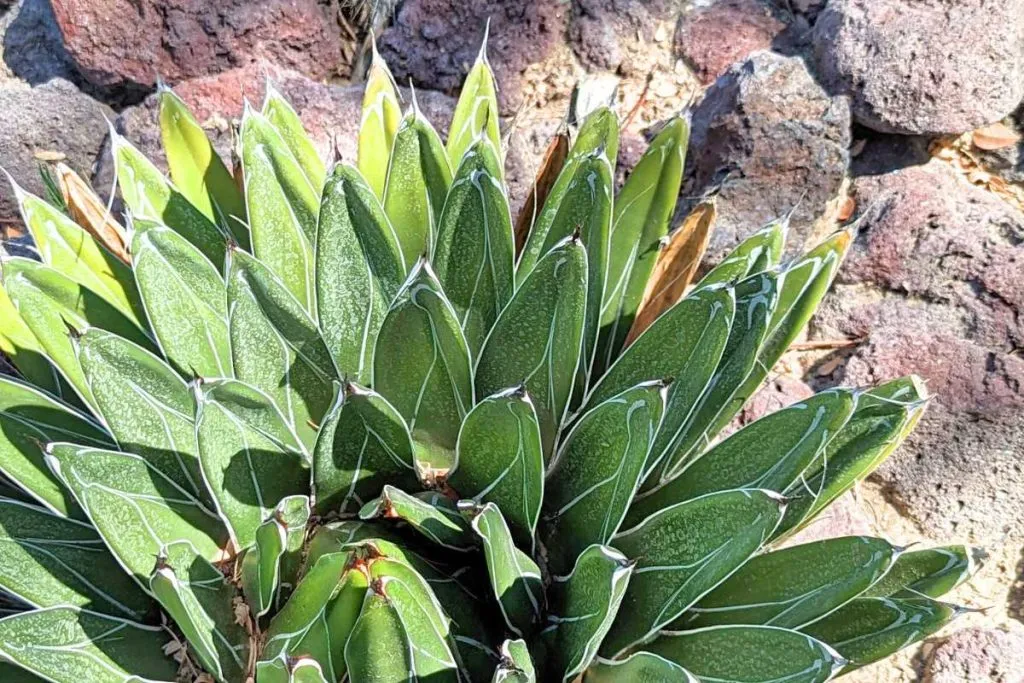
How to Use Hydrogen Peroxide on Succulents
Watering Succulents
To water your succulents with it, mix a 3% hydrogen peroxide solution with water at a 1:3 ratio. Water your succulents as you normally would, ensuring that the roots receive the hydrogen peroxide solution.
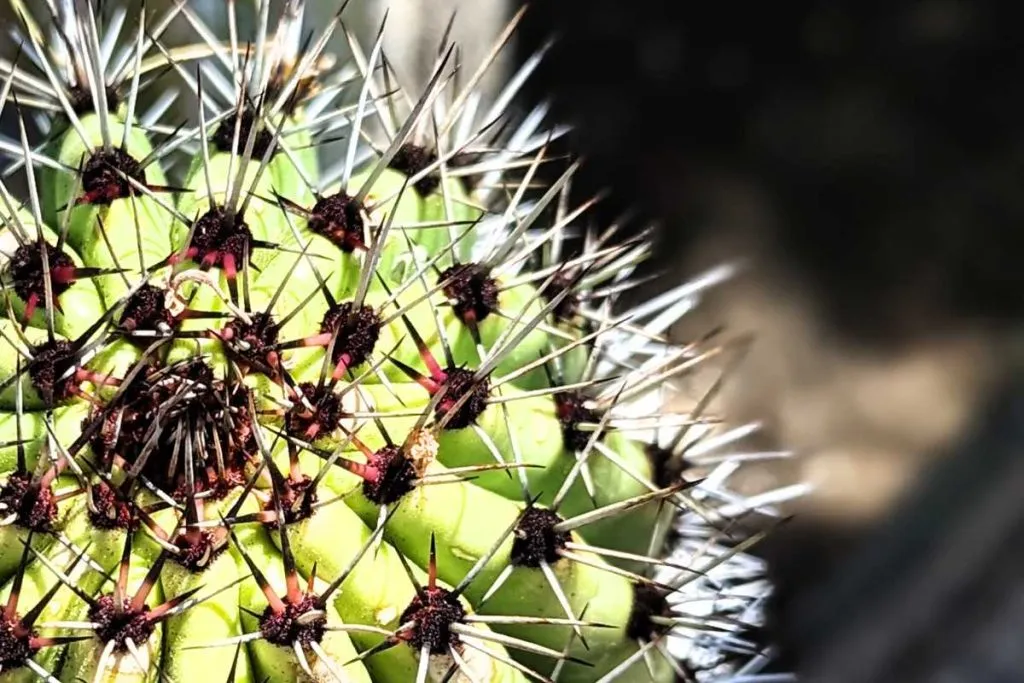
Spraying Succulents
To treat pests or fungal issues, mix a 3% hydrogen peroxide solution with water at a 1:1 ratio. Spray the solution onto the affected areas of your succulents, taking care not to drench the plant.
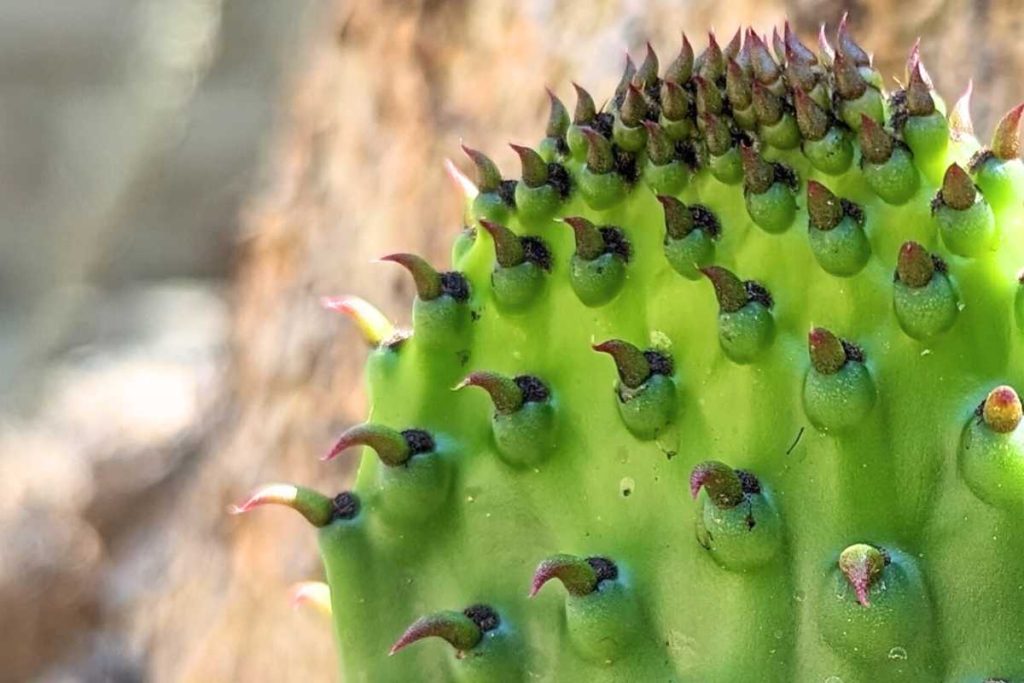
Neem Oil and Hydrogen Peroxide Mixture
Neem oil and hydrogen peroxide can be used together to create a potent treatment for pests and fungal issues. Mix a few drops of neem oil with a 1:1 ratio of 3% hydrogen peroxide and water. Spray the mixture onto the affected areas of your succulents, avoiding oversaturation. If it seems like this mixture might be burning your succulents though, you can always rinse it off and observe what happens next. Some times it takes a few tries to get your mixtures just right depending on conditions.
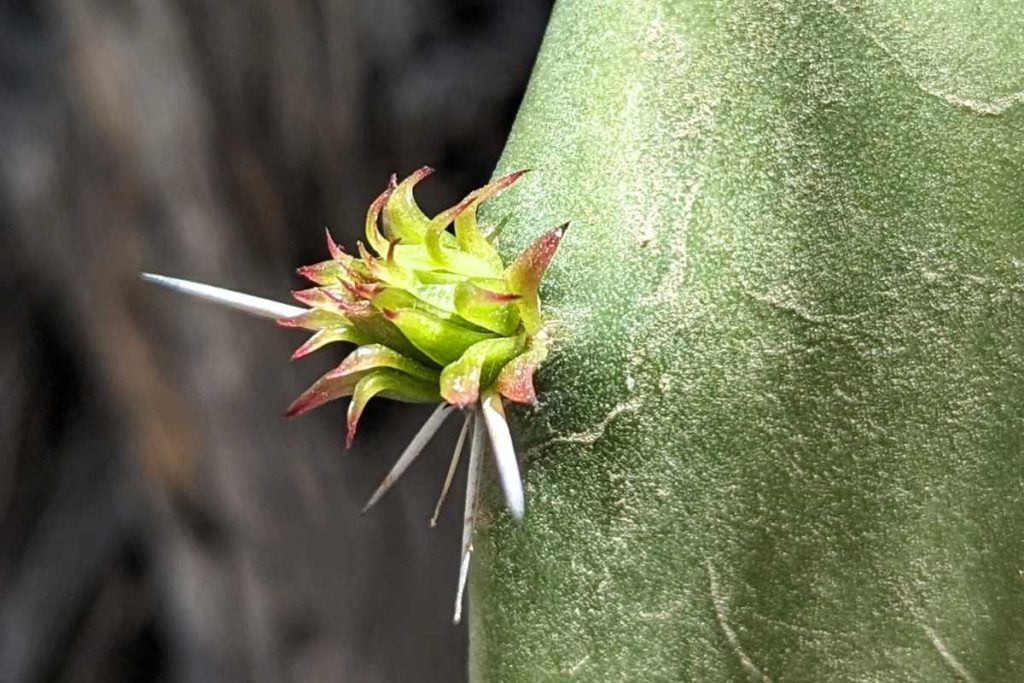
The Right Concentration for Succulents
Using the correct concentration is crucial to avoid harming your succulents. A 3% hydrogen peroxide solution is recommended, as higher concentrations may damage your plants. When mixing with water for watering or spraying, follow the ratios mentioned earlier in this guide.
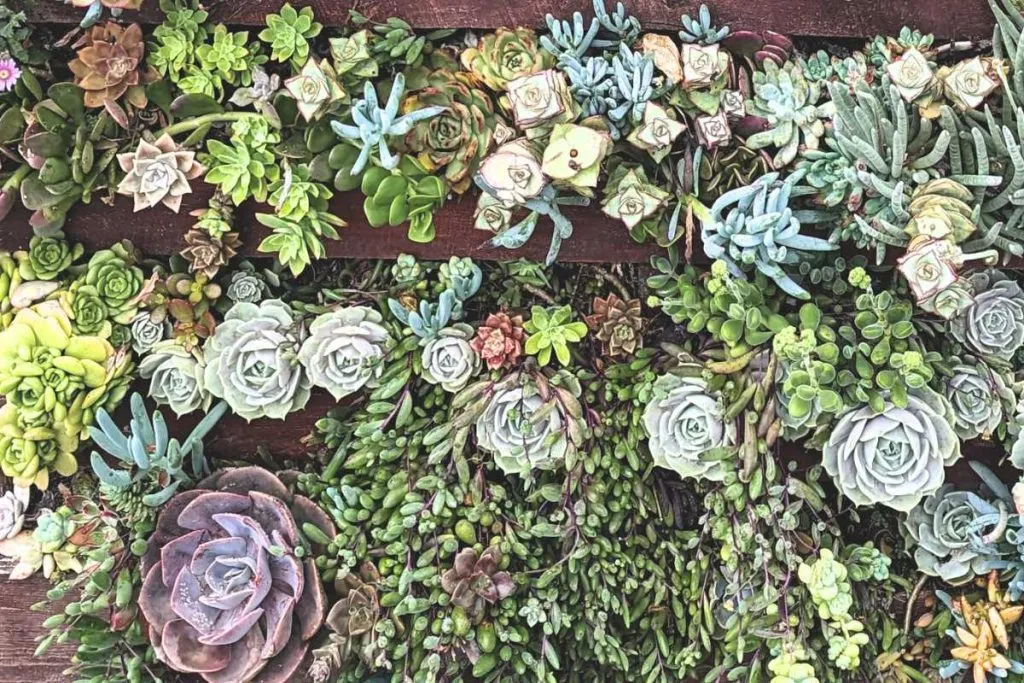
Potential Risks
While it can be beneficial for succulents, using too much or applying it too often can cause harm. Overuse can damage the plant’s cells, hinder growth, and even kill your succulents. Always use the recommended concentration and application ratios to avoid these issues. If you’re unsure of how much to use, err on the low side. You can always add more.
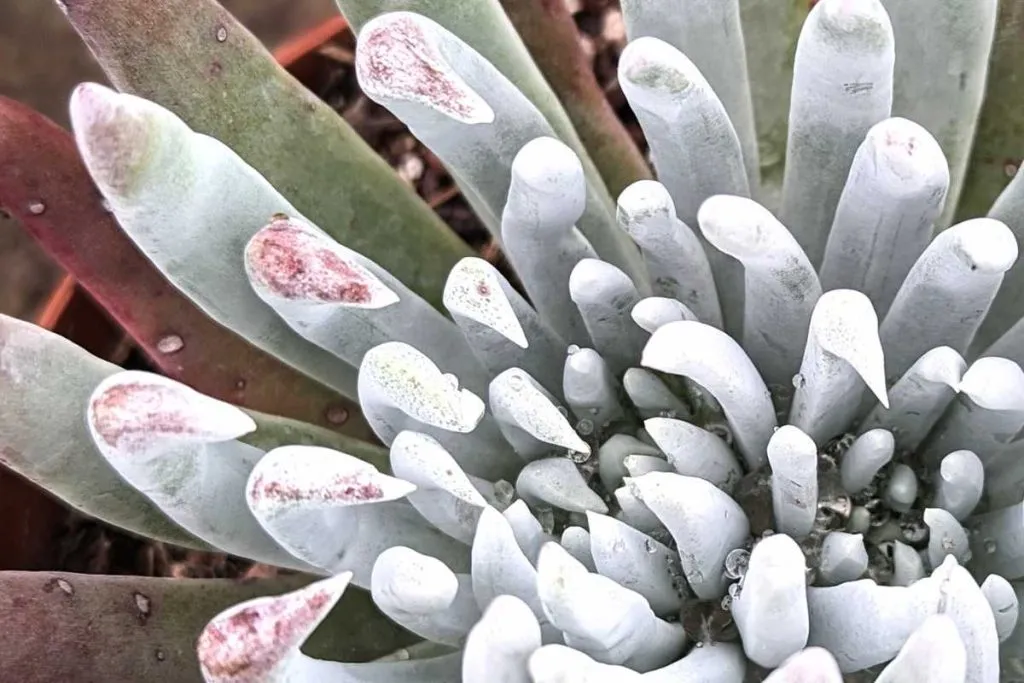
Reviving a Dying Succulent
If you suspect your succulent is suffering from root rot or another issue, it may help revive it. Carefully remove the plant from its pot and trim away any dead or rotting roots. Remove all of the soil and then, soak the remaining roots in a 1:3 hydrogen peroxide solution for 10-15 minutes before repotting in fresh, well-draining soil. You can even leave the succulent out of its pot completely and wait a few days for it to air dry before repotting it.
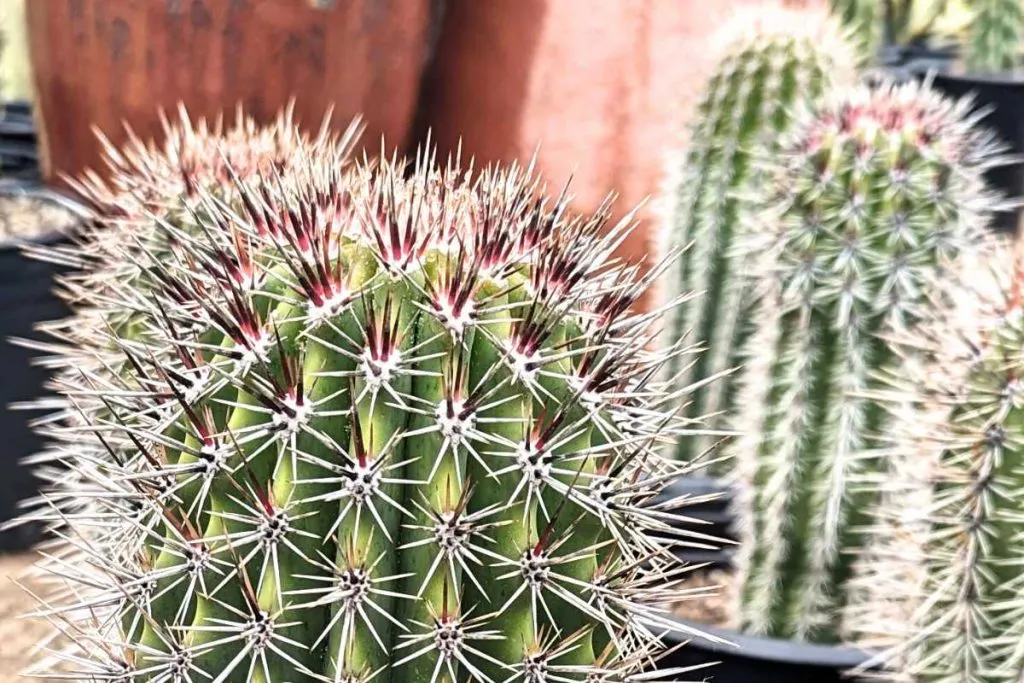
On Succulent Cuttings
When propagating succulents from cuttings, it can help prevent infection and promote healthy root growth. Dip the cut end of your succulent cutting into a 3% hydrogen peroxide solution before placing it in soil. This will help disinfect the cutting and encourage new roots to form. Succulent cuttings are more susceptible to bacterial infections on the open cut end.
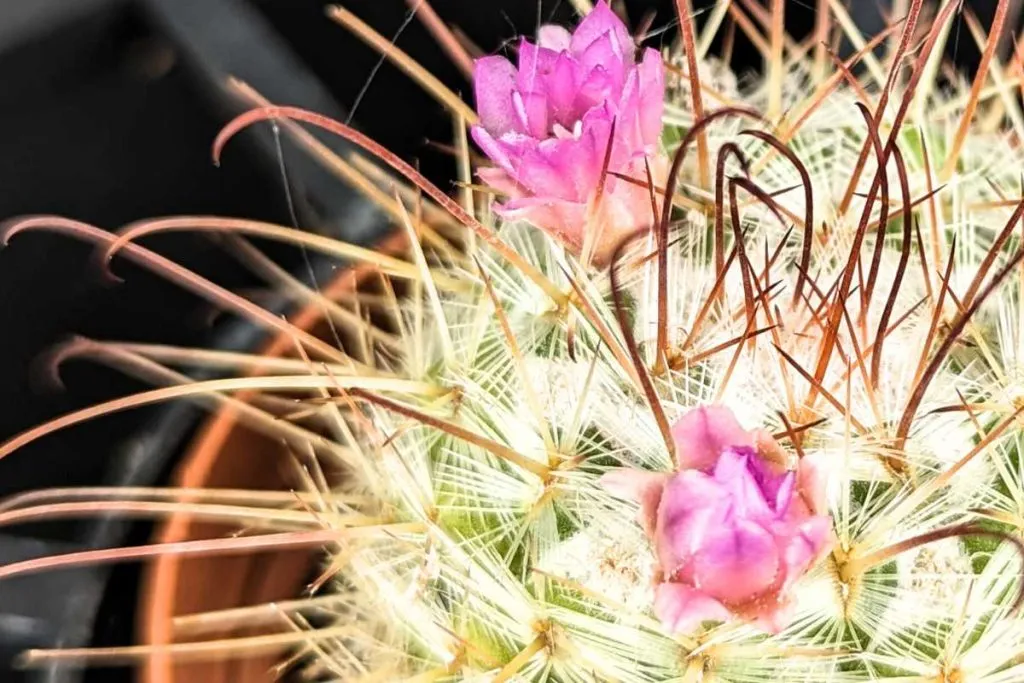
Frequently Asked Questions
Can you water cactus with it?
Yes, you can water cactus with it. It can be beneficial for oxygenation and combating root rot. Use a 1:3 ratio of 3% hydrogen peroxide to water when watering your cactus. Be sure to water only the soil and not the body of the cactus itself. Also, watering with this solution in the evening would be the most ideal time to prevent scorching from the sun.
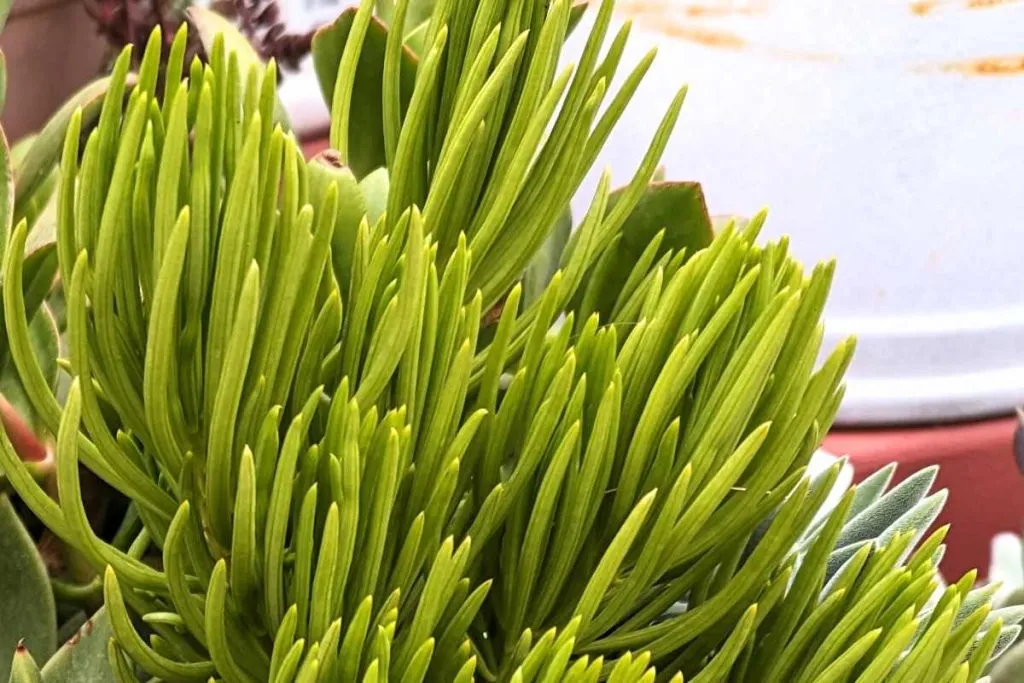
What does too much do to succulents?
Too much peroxide can damage the cells of your succulents, hinder growth, and even kill the plants. Always use the recommended concentration and application ratios to avoid these issues.
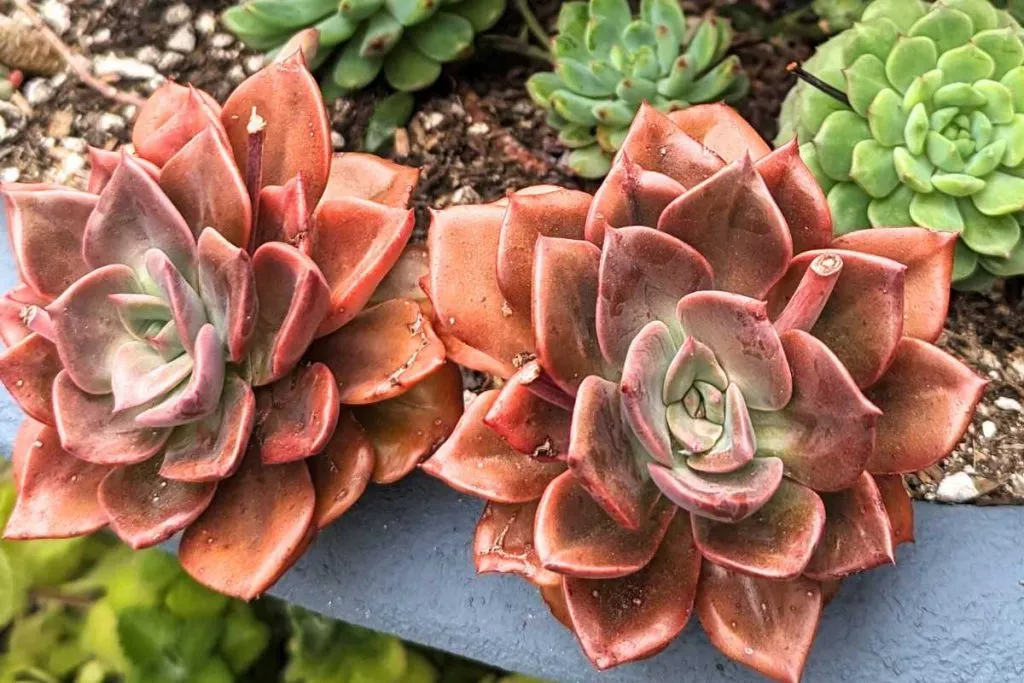
Does peroxide give succulents oxygen?
Yes, it breaks down into water and oxygen when applied to the soil, increasing oxygen levels and promoting healthy root growth. In a way it helps to aerate the succulent soil.
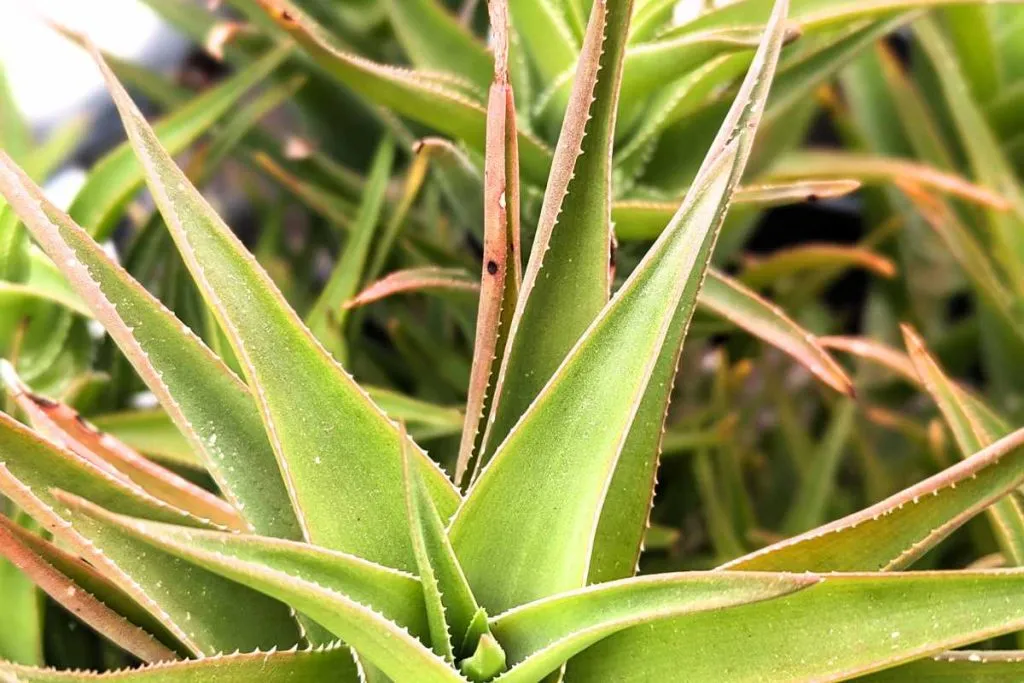
Will peroxide help an overwatered succulent?
It can help combat root rot caused by overwatering and improve oxygenation. However, it is important to address the underlying issue of overwatering by adjusting your watering schedule and ensuring proper drainage.
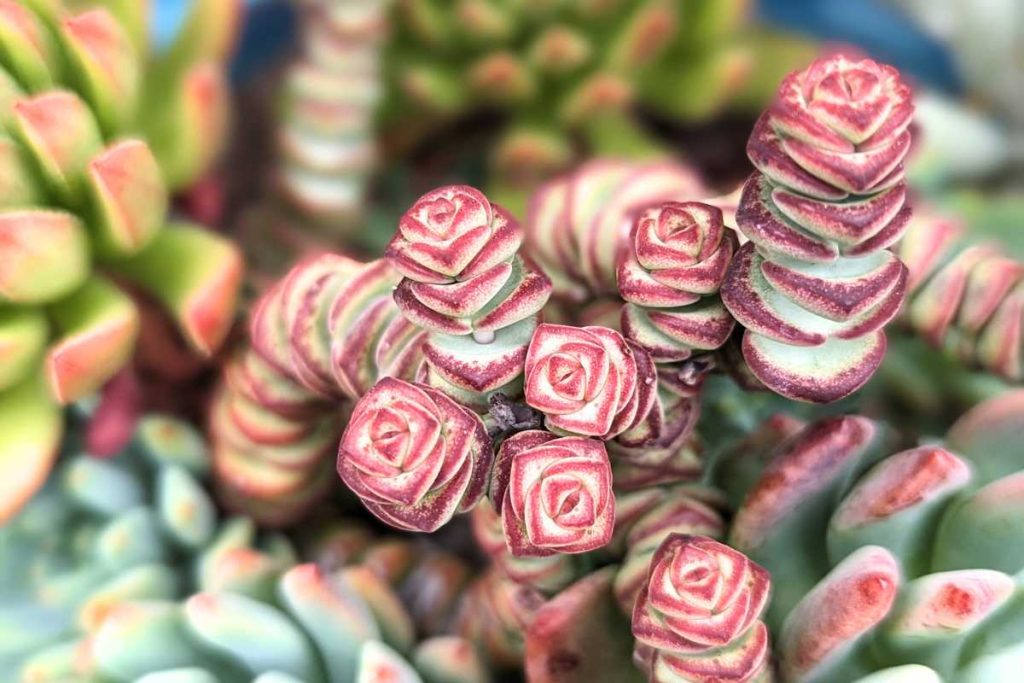
How much peroxide per gallon for succulents?
For watering succulents, use a 1:3 ratio of 3% hydrogen peroxide to water. For spraying succulents, use a 1:1 ratio of 3% hydrogen peroxide to water.
